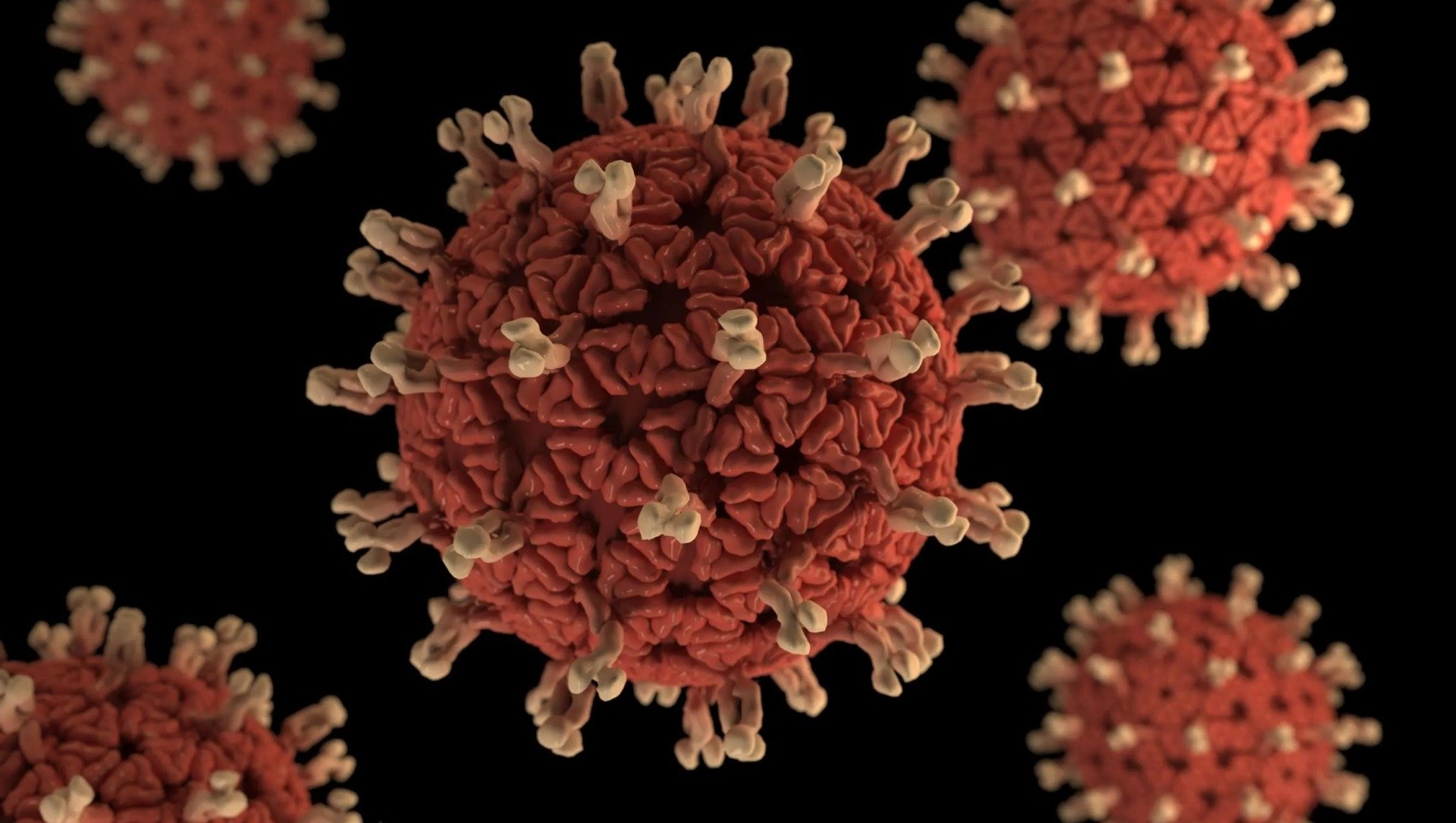Coronavirus Part 1: Spread, Risk and Symptoms
Everywhere you look, everyone you speak with, and everything you read is all about coronavirus, COVID-19 or SARS-CoV2.

Stories, updates and “information” about coronavirus are currently spreading as rapidly as the virus itself. Everywhere you look, everyone you speak with, and everything you read is all about coronavirus, COVID-19 or SARS-CoV2. The number of infected is rising at a dramatic rate, as is the mortality rate. If you’ve been paying attention at all in the last few days, weeks, months, it’s getting really serious, folks.
One of the things that makes this virus so scary is that it’s brand new (you might have heard the term “novel” thrown around). Experts suspect the incidence of coronavirus infection is already significantly higher than we know about, simply because the testing is not widely available. We don’t know enough about it yet--no one does. And it is human nature to be afraid of the unknown.
How Does Coronavirus Spread?
Many viruses hit hard in the winter months, when temperatures are cooler. Moisture in the air is made up of tiny water droplets. When a person coughs or sneezes, or even speaks, respiratory droplets can latch on to water droplets. These fluid droplets can travel feet through the air (three to six feet).
When it’s cold out, those water droplets, and the illnesses attached to them, tend to linger. When it’s warm, however, the droplets evaporate quickly and the spread of illness is typically less. This is one of the reasons we think seasonal influenza is not as prominent in the summer as it is during winter and fall.
The good news: some speculate the spread of the Coronavirus will decrease as warmer weather hits.
Who Is at Risk for Coronavirus?
The answer is, it depends. Many factors go into the spread of a virus including age and immune status (healthy vs unhealthy). Those with underlying health conditions such as heart or lung disease and diabetes are also considered high risk. So far the coronavirus seems to be very mild in children through young adults. The mortality seems to be quite high in populations 60+ years old.
The Odds of Getting Infected by Coronavirus
The risk of infectiousness is similar to a bad flu. Epidemiologists use R naught value or R zero to describe how many people are likely to be infected from one person carrying or infected by the virus. For seasonal influenza, about 1.3 people are infected for every person who has the flu. The R0 for coronavirus is difficult to determine because the initial reporting from China was spotty and there was concern with the testing capacity, however, it is estimated that the R0 is around 2.2 infected for every person who has the virus.
What are the Symptoms of Coronavirus?
Symptoms may appear 2-14 days after exposure:
- Fever
- Cough
- Shortness of breath
- Emergence warning signs:
- Difficulty breathing or shortness of breath
- Persistent pain or pressure in the chest
- New confusion or inability to arouse
- Bluish lips of face
IF YOU DEVELOP THE ABOVE EMERGENCY WARNING SIGNS, SEEK MEDICAL ATTENTION IMMEDIATELY.
Basically, this is a sneaky virus that seems like a cold and is spreading through the global population very quickly. It is important to be informed and aware, but also not to be paranoid. Be safe and smart. Learn how to prevent coronavirus infection by reading the second blog in this series Coronavirus Part 2: Prevention.
For more information, or to sign up for daily email updates on the virus, visit the Centers for Disease Control and Prevention’s website: https://www.cdc.gov/coronavirus/2019-ncov/about/index.html
Don't Miss Out!

Heidi Toy Functional Medicine Blog

Omega-3 and Omega-6 are considered “essential” fatty acids because they cannot be produced by the body--we get them from the food we eat. They are biologically active upon ingestion, which means the body utilizes them right away and cannot store them up for later. They are essential because they help with both inflammatory and anti-inflammatory responses.

One of the reasons fad diets often fail is because they are not sustainable. The other reason is because they usually harm different systems in the body as much as they are meant to help. As with all health issues, when it comes to diet, everything should be in moderation. The following five diet points all involve TOO much of a “good thing”:




















































































